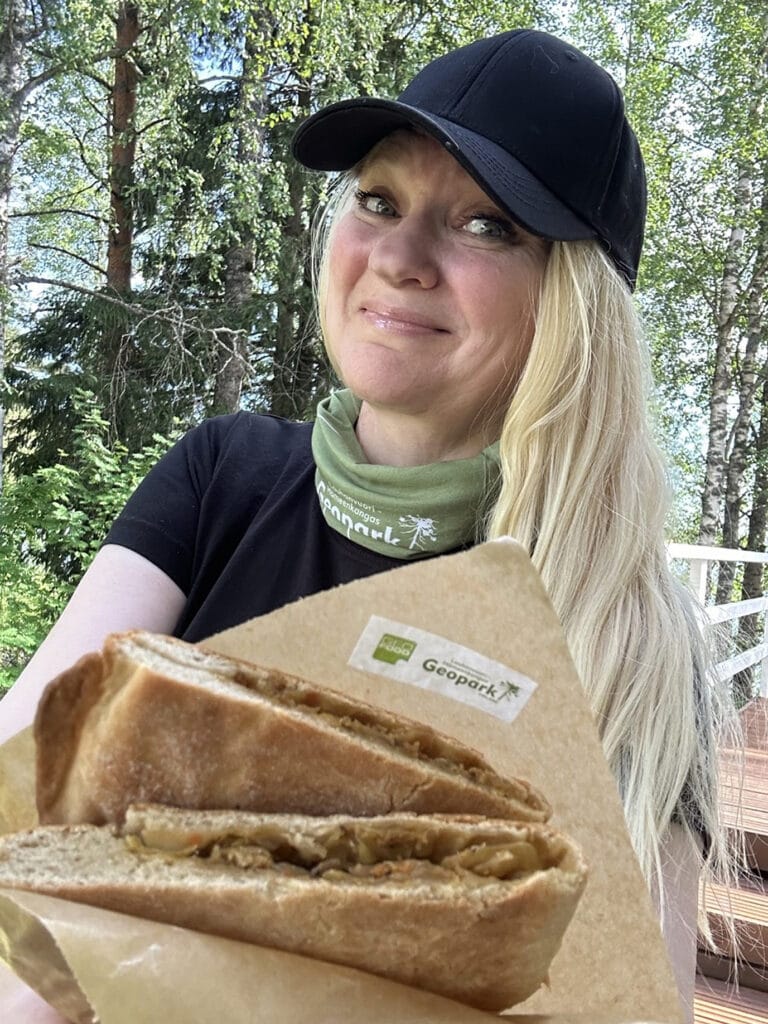Forstauers Brewery-
Jubilee Pilsner – 20 years Geopark Styrian Eisenwurzen
As a company that has its origins in agriculture, Forstauers brewery are not only committed to economic values in all their actions, but also to ecological ones. As a certified organic farm, they have made it their business to work in harmony with nature. Their company is 100% self-sufficient in energy through the operation of a hydroelectric power plant and two PV systems. The use of the available resources and the sustainable handling of the recyclable materials they use create an internal cycle that works hand in hand and fully exploits the synergies of the respective business sectors. By creating the regional brands “Gesäusebier” and “Xeisweisse”, they want to conquer the regional market in particular and offer a regional beer for the conscious customer. But also outside the Geopark region, across all borders, our organic beer is a real alternative – organic beer is on everyone’s lips, but there are not even a handful of 100% organic breweries.
A well thought-out and fair pricing policy is a matter of concern to them – thanks to their ecological, synergy-based way of doing business, it is possible for them to offer their organic beer on a par with conventional beers.
This fits with the values of the Styrian Eisenwurzen UNESCO Global Geopark. Due to the 20 years of the Styrian Eisenwurzen UNESCO Global Geopark the new Jubilee Pilsen from the Forstauer’s brewery was created as one part of the celebration. Regional beer diversity meets local culinary delights – this is the spirit in which the brewery has created the Jubilee Pilsen. The tast is more herbal and tart – different than other beers but fitting to this wild mountains and smooth valleys influenced by nature and wilderness including scalded locals.
The Styrian Eisenwurzen UNESCO Global Geopark is located in the northern part of Upper Styria, so to say, in the heart of Austria, where the three federal states of Lower Austria, Upper Austria and Styria form common borders. The Nature and Geopark covers an area of 586 square kilometres and spreads over the municipalities of Altenmarkt, Landl, St. Gallen and Wildalpen. The area surrounding the Styrian Erzberg mine is called Eisenwurzen. Originally, the term was limited to the ore deposit. However, in the 18th century, it spread out to all areas processing iron in a larger radius. Apart from the iron, charcoal and hydropower provided the basis for numerous hammer mills in the region. So-called “lords in charge of a hammer mill” (Hammerherren), charcoal burners and raftsmen had a huge influence on the region during the golden age of the Eisenwurzen in the 15th and 16th century. The ore mined at the Styrian Erzberg at that time was processed into high-quality precious products. Starting in 1860, this industry came to a standstill as a result of the increasing industrialization, the extensive deforestation and the resulting enormous price rise of charcoal as an important raw material.
This resulted in a massive emigration, which reached its peak in the 1980s, as many of the leading companies of the region moved or closed their production. The founding of the Nature Park in 1996 was a reaction to this development. New guiding principles were based on the following idea: A positive impact on the landscape, the nature and the population can only be achieved through a combination of nature protection measures, educational and tourism facilities as well as regional development. An important step in the right direction was the admission of the Nature Park in the European Geoparks Network in 2002, today‘s Global Geopark Network of UNESCO.










